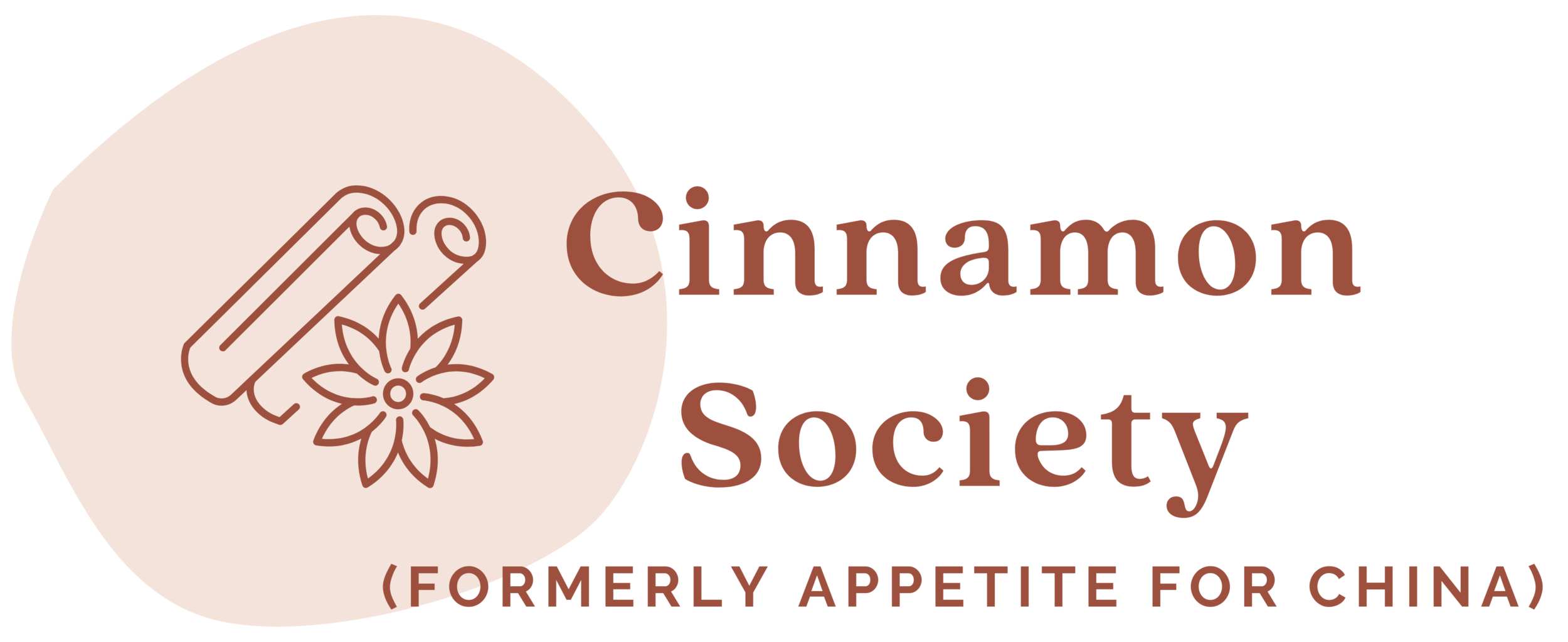Chinese Barbecued Pork (Char Siu) + Video
For the fourth video in my Chinese cooking video series, I decided to make a family recipe that's also one of the most popular in my new book The Chinese Takeout Cookbook. It's a quick fun video set to American folksy music, a nod to the Chinese cooking culture here in the U.S. dating from the late 19th and early 20th centuries. Enjoy!
Along with wonton noodle soup, char siu (Chinese barbecued pork or Chinese roast pork) is the Cantonese people's greatest contribution to mankind. Really, who can resist slices of half-fatty, half-lean roast pork, crisp and dripping with caramelized juices? (I first posted this recipe for Chinese Barbecued Pork back in February 2009 and it became an instant hit.)
You know those enticing pieces of pork dangling in Chinatown restaurant windows? When you get char siu at a Cantonese restaurant, it will most likely be red from a little food dye, used to attract customers. A small amount of dye isn't harmful (think of all those M&Ms and Skittles you've eaten). But sometimes a restaurant will go overboard. My mother still has nightmares of glowing magenta char siu from Boston's Chinatown.
The solution, if you want to avoid unnatural coloring altogether, is to make char siu at home. Char siu is often translated as Chinese barbecued pork, but these days hardly anyone skewers the pork and cooks it over an open fire. (Roast pork is a more appropriate description.) Rather, the name has stuck because the outside of char siu is slightly blackened from roasting.
My method for making Chinese roast pork, which I learned from my mom, is very easy, and still produces very succulent and drool-worthy meat. Instead of using food coloring, you can get good color (not ghastly color) from dark soy sauce, a little hoisin sauce, and honey. The key is marinating the meat for 2 to 3 hours to allow the flavors to seep in, and roasting the pork belly whole. Lean pork doesn't work as well, because the fat keeps the insides moist.
You can serve this as-is, as part of a multi-course meal, or add them to noodle soup with shiitakes and Chinese greens. Or make char siu bau (roast pork buns.)
Have you ever made Chinese roast pork at home?
____________________________________
Chinese Barbecued Pork (Char Siu)
Serves 4 to 6
Ingredients
1 pound whole pork belly, skin removed
2 tablespoons Chinese rice wine or dry sherry
2 tablespoons dark soy sauce, or substitute regular soy sauce
2 tablespoons sugar
2 cloves garlic, minced
½ tablespoon hoisin sauce
½ teaspoon five-spice powder
2 tablespoons honey
Instructions
Marinate the pork belly: In a large bowl, mix together the rice wine, dark soy sauce, sugar, garlic, hoisin sauce, and five-spice powder. Rub the pork belly with the marinade mixture and marinate for 2 to 3 hours in the refrigerator.
Preheat the oven to 325°F.
Hold up the pork for a few seconds to allow excess marinade to drip off, then place the pork in a roasting pan. Brush the top with the honey. Roast the pork for about 45 minutes, flipping over the pork belly half-way through and brushing honey on the other side. The pork is done when the outsides begin to crisp and blacken and the center of the pork belly strip feels firm.
Remove the pork from oven and let it cool for 5 to 10 minutes. Transfer to a cutting board and cut into thin slices. Arrange the slices on a plate and serve.
From The Chinese Takeout Cookbook
Recipe first posted February 24, 2009. Updated April 2, 2013.



